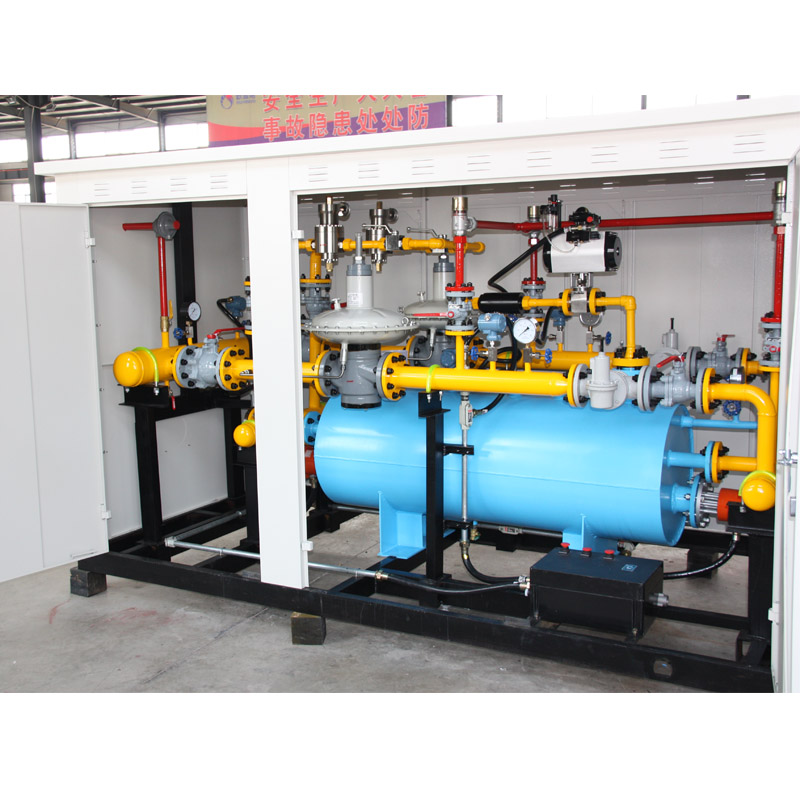
Oct . 31, 2024 22:12
Back to list
Efficient Dust Collection with Cyclone Separator Technology for Industrial Applications
Understanding Cyclone Separators Efficient Dust Collection Systems
Cyclone separators play a critical role in various industrial processes, particularly in the dust collection and air pollution control sectors. These devices utilize centrifugal force to separate particulates from air or gas streams, offering a highly efficient means of removing contaminants from emissions before they can enter the atmosphere or affect production processes.
The principle behind a cyclone separator is relatively straightforward. When an air or gas stream containing dust particles enters the cyclone, it is forced into a spiraling motion. This spiral motion creates centrifugal force, which pushes the heavier particles towards the wall of the cyclone. As these particles travel down the wall, they eventually exit the system through a collection hopper at the bottom, while the cleaner air moves upward and exits through the top.
One of the significant advantages of cyclone separators is their simplicity and robustness. Unlike other filtration systems, they do not require filter media, which can clog or need replacement over time. This not only reduces operational costs but also minimizes downtime associated with maintenance. Cyclone separators can effectively handle a wide range of particle sizes, making them suitable for various applications in industries such as food processing, woodworking, metalworking, and pharmaceuticals.
cyclone separator

Another noteworthy aspect of cyclone separators is their scalability. They can be designed to accommodate different flow rates and particle sizes, ensuring optimal performance in various settings. Additionally, they may be used as a standalone solution or as part of a more extensive dust collection system, often in conjunction with baghouses or electrostatic precipitators for enhanced efficiency.
However, cyclone separators are not without limitations. Their efficiency can decrease for smaller particles, typically below 5 micrometers, as these lighter particles may not be effectively separated from the air stream. Furthermore, the design and size of the cyclone are crucial in determining its performance; improperly sized units may lead to insufficient collection of dust and contaminants.
Despite these challenges, the advantages of cyclone separators make them an invaluable tool in managing air quality and improving workplace safety. By efficiently collecting harmful dust and particulate matter, these devices not only comply with environmental regulations but also contribute to a healthier environment for workers. As industries continue to seek efficient and sustainable solutions for dust control, cyclone separators will likely remain a vital component of air management strategies in the future.
In conclusion, cyclone separators are essential devices that leverage the principles of physics to achieve effective dust and particulate separation. Their efficiency, cost-effectiveness, and versatility in various industrial applications underscore their importance in sustaining clean air and protecting both the environment and public health.
Latest news
-
Safety Valve Spring-Loaded Design Overpressure ProtectionNewsJul.25,2025
-
Precision Voltage Regulator AC5 Accuracy Grade PerformanceNewsJul.25,2025
-
Natural Gas Pressure Regulating Skid Industrial Pipeline ApplicationsNewsJul.25,2025
-
Natural Gas Filter Stainless Steel Mesh Element DesignNewsJul.25,2025
-
Gas Pressure Regulator Valve Direct-Acting Spring-Loaded DesignNewsJul.25,2025
-
Decompression Equipment Multi-Stage Heat Exchange System DesignNewsJul.25,2025

